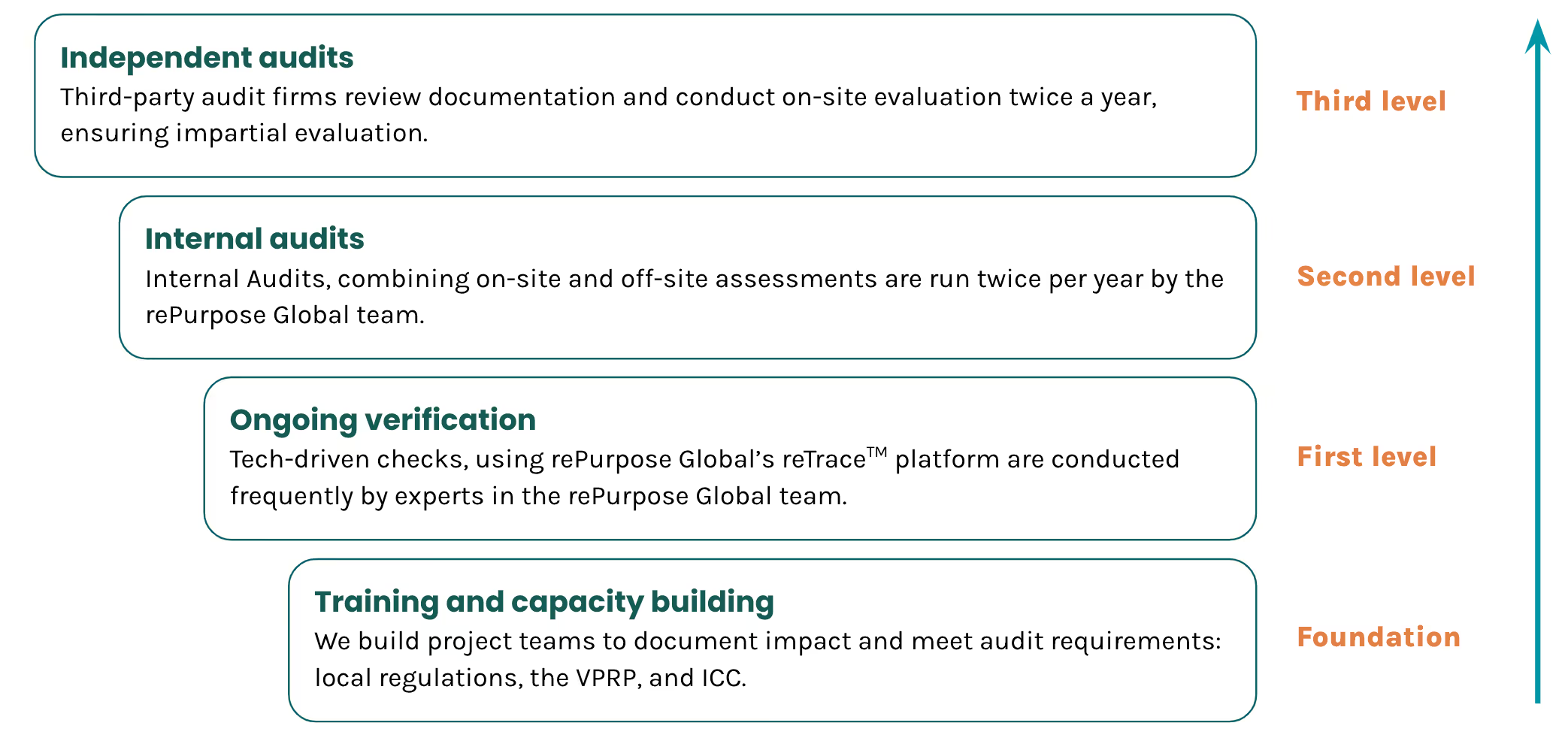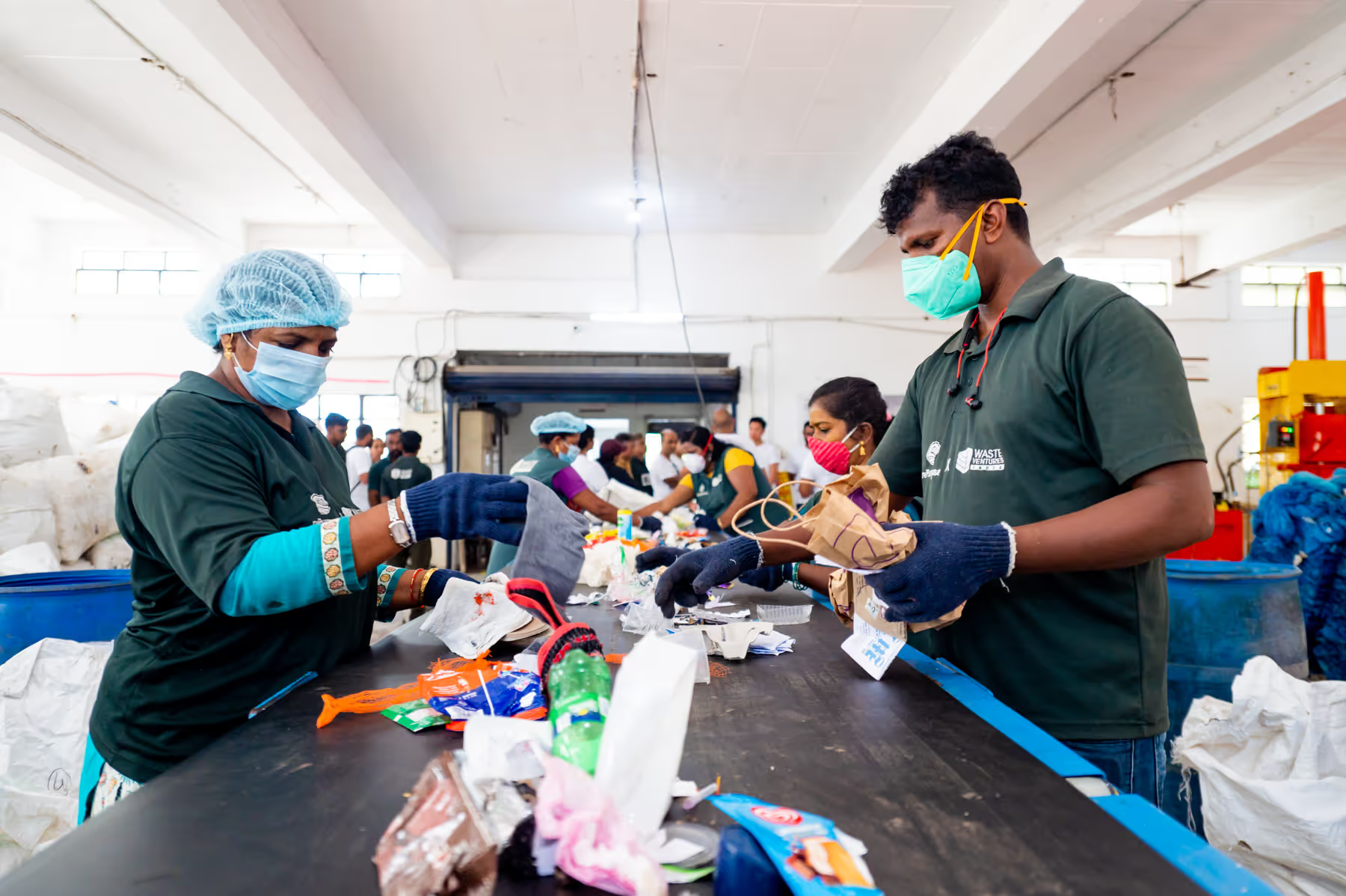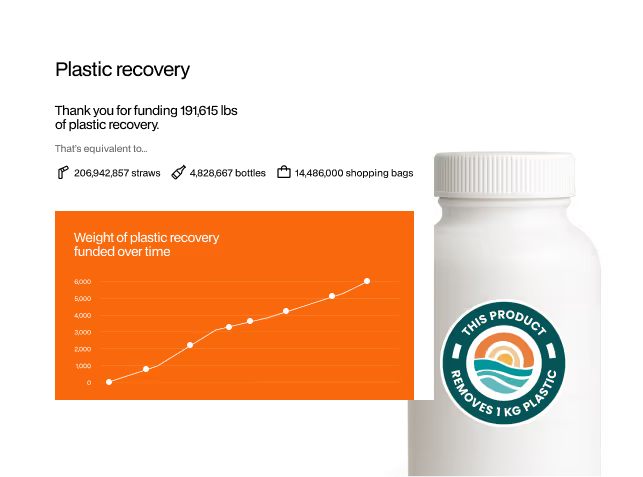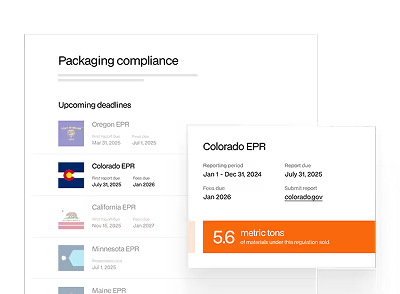Introduction to evaluation
The fourth and final part of this introduction to rePurpose Global's BASE - a framework for impact on plastic recovery - is 'E' for Evaluation. (And If you haven't seen parts 1-3, they're available here: Part 1, Part 2, Part 3.)

It’s great to be recovering any quantity of nature-bound plastic waste. But we really want to know how much! Brands and others funding action need to be sure that the impact they’re funding is really happening – that tangible pounds or kilograms of waste are being recovered in their name.
With accountability and transparency imperative in waste management, rePurpose Global has built the highest standards in the industry, and codified a robust framework for impact verification in the rePurpose Audit and Assurance Protocol (rAAP).
rePurpose Global's Audit and Assurance Protocol
The rAAP sets out how audits will test and improve adherence of each project to rePurpose Global's Verified Plastic Recovery Protocol (VPRP) and Impact Code (IC) (remember these from Part 3?). It also draws from ISO 19011, ISEAL’s Codes of Good Practice, and PREVENT Waste Alliance’s Guidelines. The rAAP is therefore globally compliant, and is grounded in principles that including integrity, rigor, independence, and transparency.
But what does that look like in practice? The rAPP sets out a four-tiered approach to evaluation. By adding layer upon layer of checks, we can be completely sure that data we generate is accurate, and that projects are operating ethically and effectively.

Foundation level: Training and capacity building
The projects we create are run in partnership with local waste management innovators. When we set up a project, the local team is not usually set up to meet the exacting standards and requirements of the rePurpose Global evaluation process.
This means there's an extensive process of capacity building and training that runs throughout the pilot and onboarding phases. Our team of experts train the team on the processes, templates, and expectations we have set out. We use a chain-of-custody approach, so this training includes building the team's accounability systems and ability to generate and record corroborating data.
So when the project starts, the team is set up to succeed: ready to complete all necessary processes and documentation, upload evidence onto reTraceTM (more on that in a moment), and have everything ready for review.
This training and support from the rePurpose Global team continues throughout the project in a continuous cycle of improvement, as we learn from each audit cycle.
Though it can initially appear quite demanding for small-scale operators, the training and capacity building has been hugely beneficial to our impact partners. Being able to comply with our uniquely stringent protocols, sets the partner up to meet the requirements of just about any standards. The transparency they are able to demonstrate gives large clients and governments confidence to work with them - enabling them to take on larger contracts and recover more waste.
First level: Ongoing verification with reTraceTM
The systems and processes for verification mean that huge quantities of data and corroborating evidence are collected. There is information about plastic waste from collection source to end destination - comprising hundreds of documents and images - and we need to review it all in time-bound manner. Technology helps with this: integrating technology into project operations is crucial for efficiently and transparently reporting impact.
rePurpose Global has embraced this by developing and fully integrating reTraceTM into all of our projects. reTraceTM is a proprietary tool serving as the central technology platform for Verified Plastic Recovery across multiple countries and projects.
reTraceTM fulfills various functions, including:
- Impact Track and Trace: This is project-level documentation that is uploaded to reTraceTM by impact partners. Using the mobile application means that project team members can easily upload evidence such as GPS-tagged and time-stamped photos, digital forms, and forms from internal audits against protocols. The dynamic backend software tracks each kilogram of plastic as it moves through each unique project value chain.
- Demand Management System: This module records demand for Verified Plastic Recovery Units (VPRUs) from brands and businesses funding impact. This is important as it helps the team to efficiently map projects, goal alignment, and timeline projections.
- Inventory Management System: This is critical for maintaining the uniqueness of each VPRU of waste and preventing double counting: the system facilitates the retirement of VPRUs against demand, ensuring accurate tracking and accountability.
reTraceTM's functionality ensures the robust management and verification of impact creation, enhancing transparency and efficiency throughout the plastic recovery process.
Many of the workers on projects are not confident technology users, and some event lack basic literacy skills. Technology on projects has therefore been developed in ways that make data collection and uploads as straightforward as possible. The use of technologies such as motion sensor photography for trucks arriving or departing on weighbridges are being trialed to support verification processes without putting further time or responsibility demands on project staff… though since data needs to be triangulated, there is still a manual reporting element involved!
rePurpose Global team review documents submitted onto reTraceTM at least once per project per week, and will follow up with impact partners in the case of any gaps or queries. As we report data to brands and other stakeholders in real-time through our dashboards, it's critical that this ongoing verification happens.
Second level: Internal audit
Layered on top of our ongoing verification efforts are 'internal' audits. They are conducted by the rePurpose Global impact team - though not the same project managers that are doing the ongoing verification. These happen twice per year for each project, and involve two parts:
- Desk review: the team audit all documentation thoroughly, ensure standards are met, and identify areas for process improvement
- Onsite: a project visit involving an in-depth review of all processes against protocols - to identify gaps and provide in-person solutions and support to improve compliance
Third level: Independent audit
With the internal audits are complete, projects are set up for the final layer - an audit by an independent third party.
While the auditors are qualified audit professionals, auditing plastic recovery projects is not a common practice. For the audit to be effective, capacity building is done to empower external auditors to understand the protocols, the impact creation process, and to be able to verify impact impartially. Rule-based measures such as mandatory audits, periodicity, and auditor rotation are applied to keep the process entirely independent.
Auditors conduct a desk review and an in-field audit twice per year. The outcome of this is an audit and assurance document, verifying the impact creation, and outlining the project's compliance against the stated protocols. This audit report completes the multi-layered approach to evaluation of projects, and ultimately means that both rePurpose and organizations funding plastic recovery can be confident in making impact claims.
Evaluation recap
- Foundation Level: Building the team's capacity to run a project with full transparency, verifiability, and chain-of-custody documentation.
- First Level: Uploads to reTraceTM, and checks conducted on a weekly to monthly basis by the rePurpose Global Impact team
- Second Level: Mandatory Internal Audits, combining on-site and off-site assessments conducted bi-annually by the Impact Team.
- Third Level: Bi-annual Third-party audits of the documentations and on-site evaluation conducted by independent firms, ensuring impartial evaluation.
Result: We can confidently state impact delivered in terms of recovery of nature-bound plastic, and other environmental and social impact.
Here's a 5-minute run through of these four levels of evaluation, with Kamal Raj, rePurpose Global's Senior Director of Impact Projects:
Read more
This concludes the four-part introduction to rePurpose Global's BASE framework.
BASE governs how impact is created through projects.
For a quick recap, here's the framework again:

Other parts of this blog are available here:
Part 1: An introduction to BASE
Part 2: Baseline and Additionality
Part 3: Baseline and Additionality
And here's some further reading:
- Blog: 4 ways to tell if a plastic recovery program is responsible
- Download: Example Baseline Report - Hara Kal
- Video: Highlight Reel: Creating Impact at Anmol Kinara
- Download: Verified Plastic Recovery Protocol
- Blog: rePurpose Global's Verified Plastic Recovery Protocol (VPRP) - a framework to address plastic waste
- Download: rePurpose Global's Impact Code
- Blog: rePurpose Global's traceability and verification protocols for plastic recovery
For any further queries about our processes, or how we drive impact on plastic waste, please see repurpose.global or get in touch via Contact us.


.avif)
.avif)

.avif)






